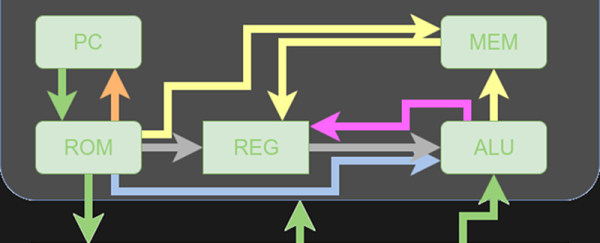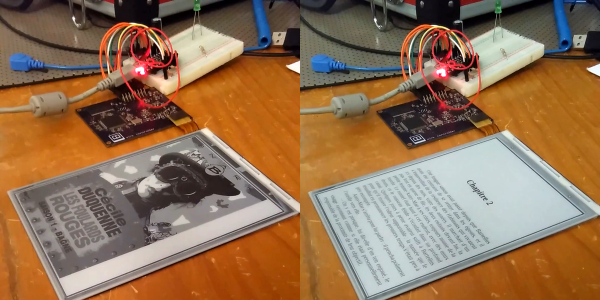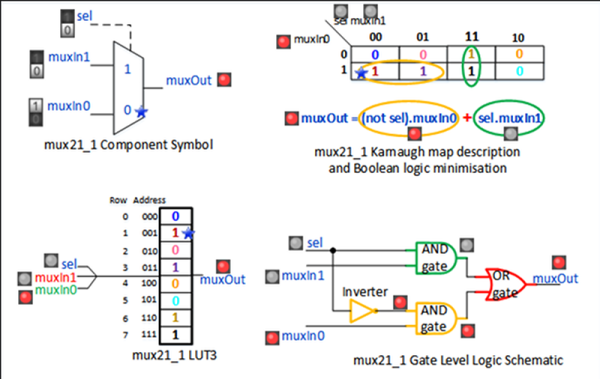There are two radio modulation schemes everyone should know. Amplitude modulation changes the amplitude — or ‘volume’, if you will — of a carrier frequency and turns all radio into channels owned and operated by a church. Frequency modulation changes the pitch of a carrier frequency and is completely run by Clear Channel. Amateur radio operators are familiar with dozens of other modulation schemes, but there’s one hardly anyone touches. Phase modulation is weird and almost unheard of, but that doesn’t mean you can’t implement it on an FPGA. [nckm] is transmitting audio using phase modulation on an FPGA (Russian, here’s the Google Translatrix).
This hardware is just an Altera MAX10 board, with a single input used for serial data of the audio to be transmitted, and two outputs, each connected to a few bits of wire for a quarter-wave antenna. No, there’s no output filter or anything else except for a few bits of wire. It’s an experiment, chillax.
The Verilog for this project receives an audio signal as serial data in mono, 22050 BPS, 8-bit unsigned samples. These samples are fed into a dynamic PLL with phase shift in the FPGA. Shifting the phases also changes the frequency, so [nckm] can receive this audio signal with the FM transmitter on his phone.
Is this really phase modulation if it’s being received by an FM radio? Eh, maybe. PM and FM are closely related, but certainly distinguishable as modulation schemes in their own right. You can grab [nckm]’s code over on the gits, or check out the video demo below.
















